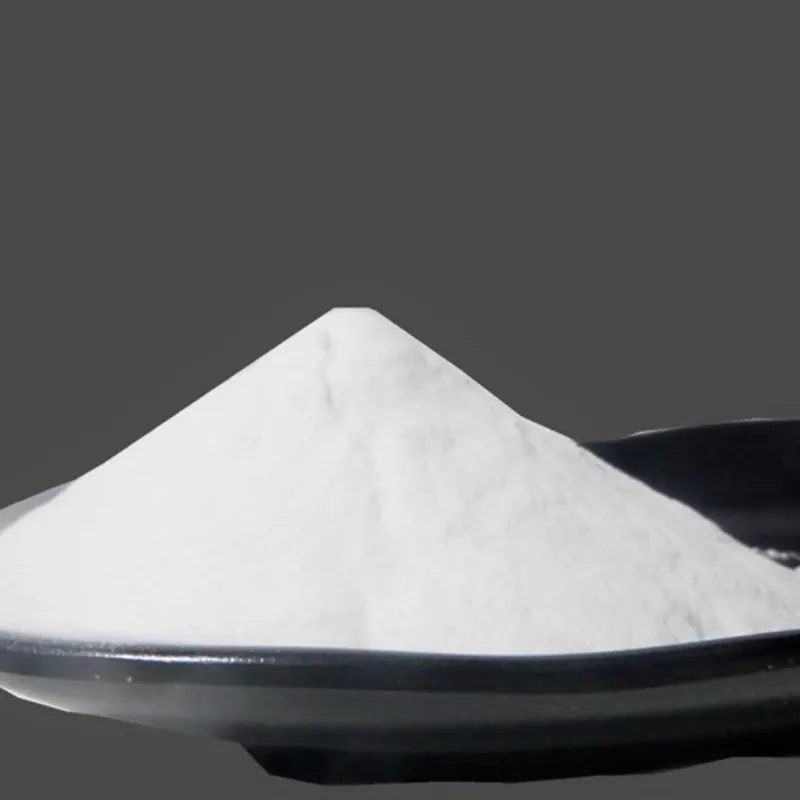
monosodium glutamate natural sources
Natural Sources of Monosodium Glutamate
Monosodium glutamate (MSG) is a flavor enhancer that has been widely used in various cuisines for decades. It is the sodium salt of glutamic acid, a naturally occurring amino acid. Though often associated with Asian cooking, MSG can be found in various foods and has natural sources that many people might not readily recognize. This article will explore the natural sources of monosodium glutamate and discuss its impact on flavor enhancement in culinary practices.
What is Monosodium Glutamate?
Monosodium glutamate is a white crystalline powder that, when dissolved, enhances the umami flavor, which is considered the fifth taste alongside sweet, sour, salty, and bitter. Umami is characterized by a savory profile, making MSG a popular choice among chefs and food manufacturers to elevate the overall taste of food. Despite its infamous reputation, particularly due to the Chinese Restaurant Syndrome myth, extensive research has deemed MSG safe for consumption in normal amounts.
Natural Sources of MSG
MSG is commonly derived from glutamic acid, which can be found in a variety of natural sources. Notably, glutamic acid occurs naturally in high-protein foods, including
1. Meats Red meats, poultry, and seafood are among the richest natural sources of glutamic acid. This amino acid contributes to the savory taste of cooked meats, making them flavor-packed and satisfying.
2. Dairy Products Cheese, especially aged varieties like Parmesan and Roquefort, contain high levels of glutamic acid. This protein breakdown occurs during the aging process, providing a rich umami flavor that is often sought after in cooking and cheese-making.
3. Vegetables Certain vegetables are also excellent sources of glutamic acid. Tomatoes and mushrooms, such as shiitake and porcini, are notable examples. The umami characteristics of these vegetables make them staples in many savory dishes.
monosodium glutamate natural sources

4. Fermented Products Fermentation is a natural process that often enhances glutamate levels in foods. Traditional fermented products, such as soy sauce, miso, and fish sauce, are rich in umami and provide a depth of flavor that enhances dishes ranging from soups to marinades.
5. Nuts and Seeds Some nuts and seeds, like walnuts and sunflower seeds, also contain glutamic acid, although in smaller amounts compared to meats and dairy. Incorporating these into diets not only adds flavor but also provides valuable nutrients.
Culinary Applications of Natural MSG Sources
The natural sources of monosodium glutamate can be utilized effectively in everyday cooking. For instance, chefs often create umami-rich broths or stocks using a combination of meat, vegetables, and aromatic herbs. These stocks serve as the foundation for soups and sauces, providing depth and resonance to dishes.
Moreover, dishes that incorporate fermented ingredients, such as kimchi or pickled vegetables, naturally boost the umami profile. This is because the fermentation process breaks down proteins into amino acids like glutamate, enhancing the flavor experiences in meals.
Health Considerations
Despite the controversy surrounding the consumption of MSG, it's important to note that its naturally occurring forms have been consumed for centuries without adverse effects. Those who are sensitive to added MSG may still tolerate naturally occurring sources, as the quantities are generally lower in whole foods compared to processed foods that contain manufactured MSG.
Conclusion
Monosodium glutamate's natural sources reveal its importance in enhancing the flavors of various foods. From meats and dairy products to vegetables and fermented items, the presence of glutamic acid enriches our culinary experiences. Understanding these sources allows home cooks and professional chefs alike to create dishes that are not only delicious but also nourishing. As we navigate through the vast world of flavors, embracing the natural origins of MSG can lead to richer and more enjoyable meals without the need for artificial additives. Emphasizing whole foods that naturally contain glutamate is a step toward flavorful yet healthy cooking.
-
Pure Sodium Dichloroisocyanurate Dihydrate | Powerful DisinfectantNewsAug.29,2025
-
Industrial Chemicals: Quality & Purity for Every IndustryNewsAug.28,2025
-
Nitrile Rubber Honoring Strict Production StandardsNewsAug.22,2025
-
Aspartame Ingredients Honoring Food Safety ValuesNewsAug.22,2025
-
Fertilizer for Balanced Plant NutritionNewsAug.22,2025
-
Cyanide Gold Processing with High Purity AdditivesNewsAug.22,2025
-
Formic Acid in Textile Dyeing ApplicationsNewsAug.22,2025
Hebei Tenger Chemical Technology Co., Ltd. focuses on the chemical industry and is committed to the export service of chemical raw materials.
-

view more DiethanolisopropanolamineIn the ever-growing field of chemical solutions, diethanolisopropanolamine (DEIPA) stands out as a versatile and important compound. Due to its unique chemical structure and properties, DEIPA is of interest to various industries including construction, personal care, and agriculture. -

view more TriisopropanolamineTriisopropanolamine (TIPA) alkanol amine substance, is a kind of alcohol amine compound with amino and alcohol hydroxyl, and because of its molecules contains both amino and hydroxyl. -

view more Tetramethyl Thiuram DisulfideTetramethyl thiuram disulfide, also known as TMTD, is a white to light-yellow powder with a distinct sulfur-like odor. It is soluble in organic solvents such as benzene, acetone, and ethyl acetate, making it highly versatile for use in different formulations. TMTD is known for its excellent vulcanization acceleration properties, which makes it a key ingredient in the production of rubber products. Additionally, it acts as an effective fungicide and bactericide, making it valuable in agricultural applications. Its high purity and stability ensure consistent performance, making it a preferred choice for manufacturers across various industries.





